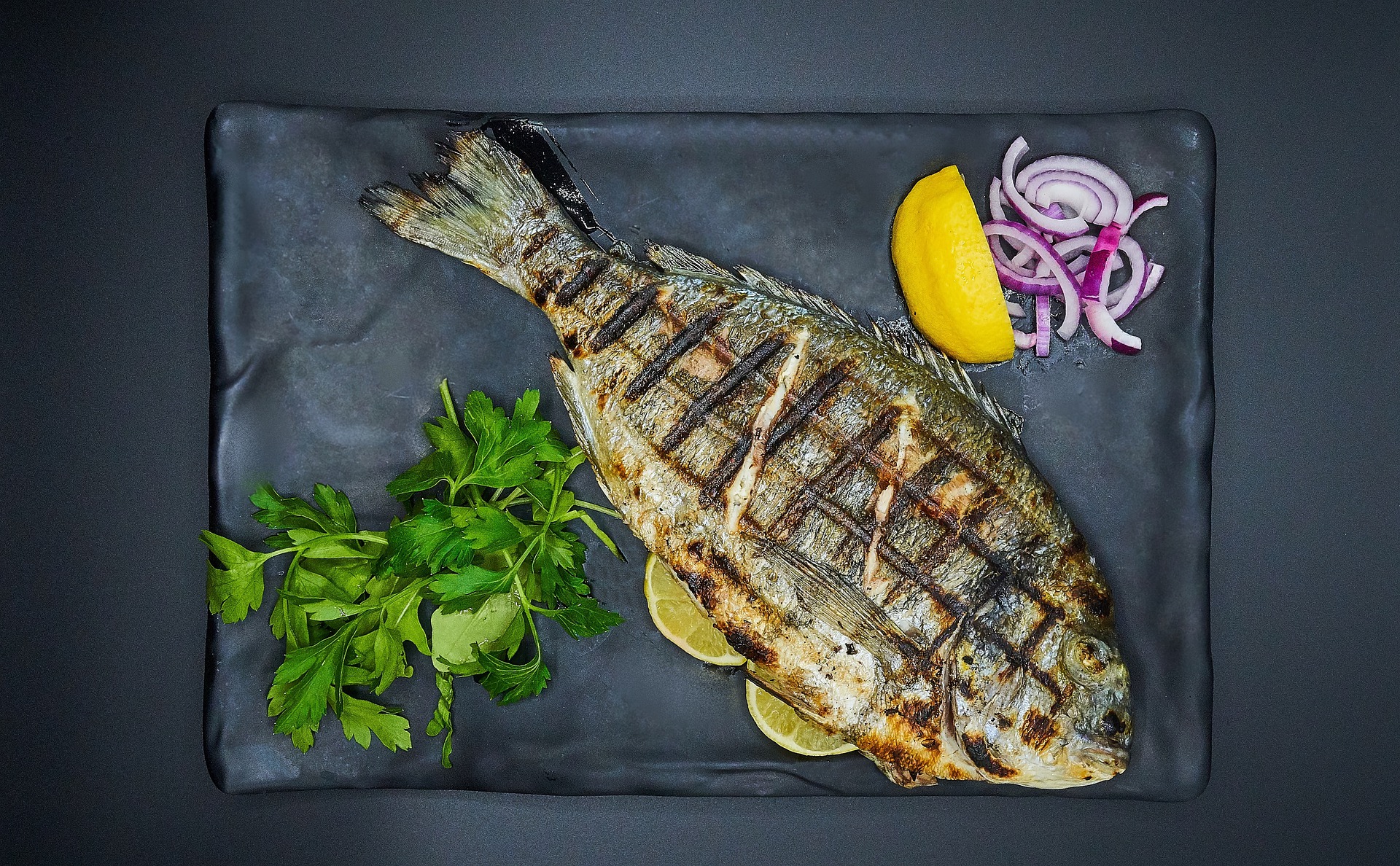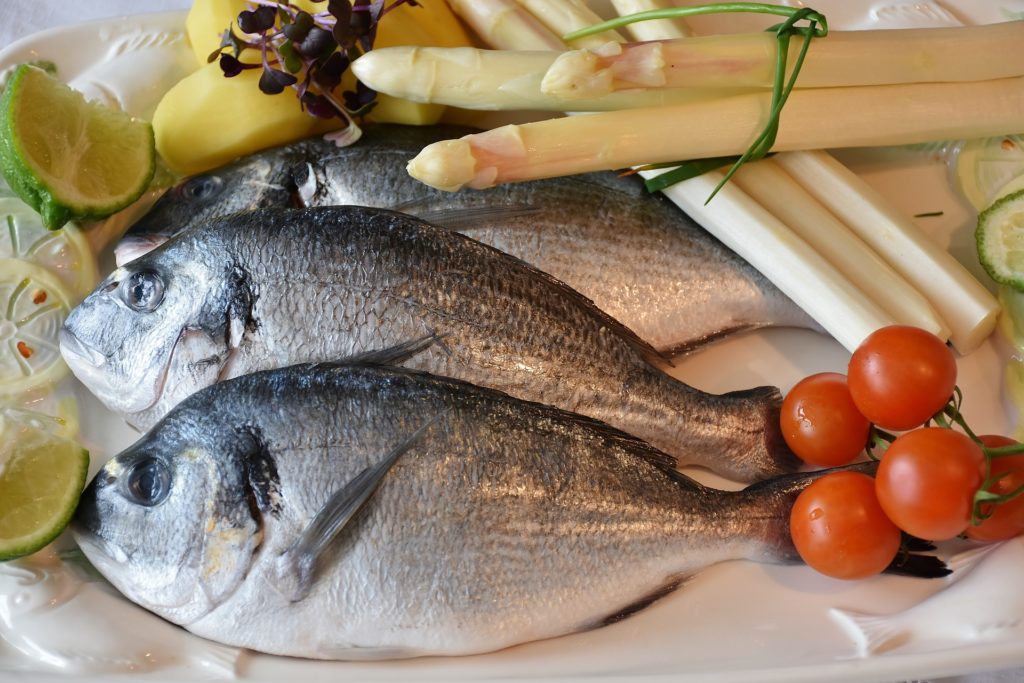If you’re preparing to cook fish, you should consider buying the best pan. These items are versatile and are essential for frying fish properly. By purchasing the right fish, you can make cooking fish more efficient and reduce the risk of making mistakes. Not only that, but you’ll also improve the quality of your meal.
Fish farming is a viable option for some species, such as mussels, oysters, and clams, and for some species, such as mussels, oysters, and clams, farmed is preferable to wild-caught. Farmed shellfish are produced in the ocean on hanging ropes, causing minor environmental damage, but dredging wild shellfish can damage the ocean floor. Toxicological risk and environmental impact differ by species and place. Search the Ocean Wise guide by species to understand which options the Canadian organization recommends, then look for the Ocean Wise symbol, which signifies that your food was produced responsibly.
Here Are Some Tips For Choosing Best Fish For Cooking
If you don’t cook fish that often, the thought of hitting a fish market (or even cruising your local seafood aisle) when shopping for a recipe can be a bit intimidating. What do you look for when you’re out and about? How do you tell if the seafood is still fresh? What should you stay away from?
Here are some pointers on how to choose fresh fish the next time you go grocery shopping:
- First, examine the odor. A good fish market (and, by implication, good fish) will smell clean and fresh, possibly a little saline, like the sea. A “fishy” odor should never be encountered; an off- or fishy odor is the first clue that the fish isn’t fresh.
- Check the eyes if you’re buying a whole fish. Cloudy (milky) sunken eyes are dead giveaways that the fish has been lying around too long.
- Examine the skin and scales: the brighter and more metallic the skin is, the fresher the fish. Even in areas, the skin should not look drab.
- Make contact with the fish. The fish should be solid and spring back when you touch it (it should not be soft or squishy).
- Make sure the gills are free of debris and brilliant red color. The gills of a fish get dull and start to turn brown as it ages (slimy gills are a sure sign the fish is starting to go bad).
- When purchasing steaks or fillets, ensure that the flesh is bright and firm rather than dull and limp. Examine the flesh’s structure (or grain) to ensure smooth and whole, not fractured or flaky. And be sure the flesh feels — and smells — clean; the flesh may be moist, but any moisture should be clear (not cloudy), and the flesh should never feel slimy.
5 Signs Of Fresh Fish
Fish is delicate and elegant, and it can be converted into a variety of recipes with ease. It’s a significant component to play around with, whether in a fragrant fish curry or a crisp fried fish fry. However, many people avoid making it because they believe it is difficult. While cooking fish does necessitate some talent, it is relatively simple to acquire. Getting the most incredible ingredients is the first step in mastering any recipe or dish. When purchasing fish and ensuring that it is fresh, specific guidelines are to follow. You’ll be well on your way to producing the ultimate fish curry after you’ve mastered them. Chef Sukesh Kanchan of Sanadige has provided five recommendations when purchasing fish.
1. Look For Flesh That Is Firm And Bright
When you touch the flesh of the fish, it should bounce back. The skin should have a natural metallic luster and not appear dull. The skin’s surface must be taut, and the scales may be firmly adhered to. Fish with cracked skin or loose scales may be decaying.
2. Take A Whiff Of The Fish
Fresh fish should not have a strong odor but should be slightly odor. Fish with a strong, fishy odor or a sour odor should be avoided. The fish has a distinct odor that is unique to the sea or river where it was captured, and it has a natural and friendly feel to it. Trimethylamine, an organic chemical generated by decomposing fish, produces a pungent and harsh odor in old or ruined seafood.
3. Look At The Eyes
This is probably one of the most effective methods for determining whether or not your fish is fresh. The fish’s eyes can reveal a lot about its freshness. The eyes should be glistening, clear, and protruding, and there shouldn’t be any cloudiness. Even if the fish’s eyes are buried into its head, it could indicate ancient.
4. Examine The Gills
The gills should be bright pink or reddish if it’s a whole fish. They should be somewhat damp rather than slimy or dry.
5. Other Signs Include
Any form of skin darkening, brown or yellow sliminess around the margins or a spongy texture are all symptoms of aged fish.
What Is The Best Way To Choose Whole Fresh Fish?
Your senses are your finest tool while shopping for entire fresh fish. Here’s what you should look for, feel for, and smell for:
The fish should appear as if it is about to spring up and swim away. The skin should be brilliant and lustrous, with snugly fitting scales. Age is indicated by dry, dull flesh and loose scales.
Opt for a fish with clear, protruding eyes; if the eyes are sunken or murky, look for a fresher species.
Gills should be crimson and slightly wet but not sticky.
Although you may not be able to poke and prod the fish before buying it, the feel of the flesh is a good indicator of freshness. The flesh should be firm and elastic so that when you press it, it bounces back without leaving an impression.
The smell is one of the essential freshness indicators, as previously said. The aroma of the fish should be pleasant.
How Do I Choose Fresh Fish Fillets and Steaks?
Steaks and fillets are excellent choices for a variety of reasons. Cleaning is taken care of for you, you may buy just the correct amount for your needs, and meal preparation time is reduced. To select steaks and fillets, use these guidelines:
The flesh must be solid. A whitish layer on the surface implies dehydration; it should appear moist.
The color should be consistent. Fish with white flesh, such as cod or bass, should have darker regions.
Conclusion
Another critical factor to consider is the fish’s long-term viability. You can discover out by consulting the Monterey Bay Aquarium’s Seafood Watch Consumer Guides, which feature sustainable seafood suggestions. The instructions divide seafood options into three categories: “Best,” “Good Alternatives,” and “Avoid.” You may also get a Seafood Watch app for your phone to know which fresh seafood is sustainable at all times.
Make use of your visual, tactile, and olfactory senses. A strong, fishy odor in seafood is an indication that the fish has gone wrong. Look for shining scales close to the skin and bright, clear eyes when purchasing whole fish. When selecting smaller pieces, seek fillets that are firm to the touch, juicy, and stay together nicely (no gaping pieces). To retain its quality, the fish should either be kept on ice at the fish counter or in a well-chilled portion of your supermarket’s fridge or freezer section.




